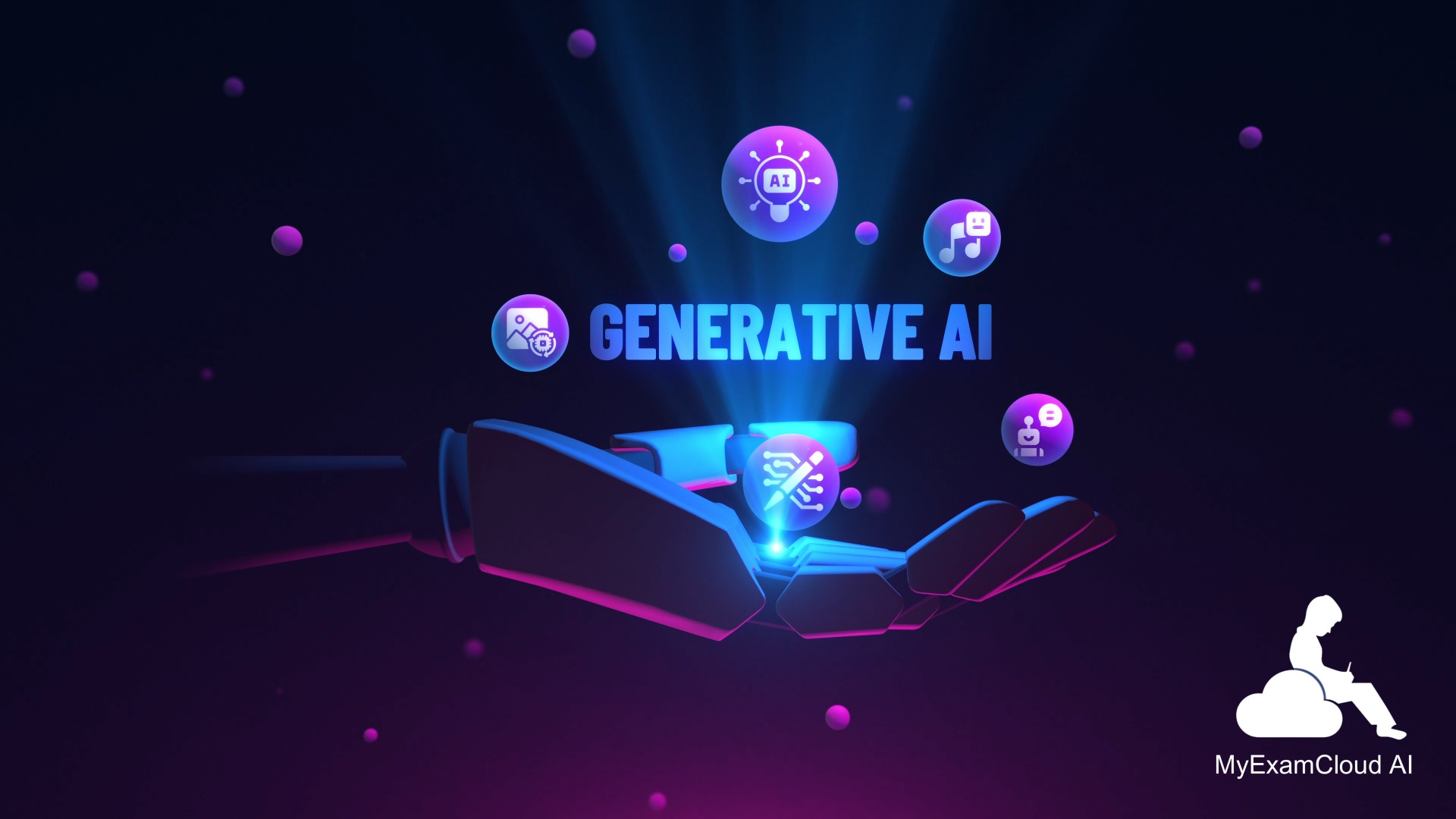
Databricks Generative AI Engineer Associate Certification Preparation Guide
If you're planning to take the Databricks Generative AI Engineer Associate Certification, it's important to understand the exam's structure, the key topics, and the resources that will help you succeed. This certification tests your ability to design, build, and deploy generative AI models using Databricks’ tools, with a particular emphasis on Retrieval-Augmented Generation (RAG) and other advanced AI practices.
Exam Overview and Key Focus Areas
The certification exam is primarily scenario-based, consisting of multiple-choice questions that require applying your theoretical knowledge to practical use cases. The questions assess your ability to:
- Select the most suitable language models (LLMs) for specific applications.
- Choose the right architecture for AI workflows, including RAG and agent-based systems.
- Determine effective chunking, retrieval, and deployment strategies for AI models.
The goal of the exam is to ensure you can leverage Databricks’ advanced features to implement generative AI solutions that meet production demands. The exam also tests your understanding of real-world considerations like model evaluation and optimization.
To aid in your preparation, the official Databricks certification page provides a comprehensive exam guide. This includes an overview of the recommended prerequisites, which you should review to ensure you're covering all the critical topics. Core subjects like RAG, vector search, and model deployment are central to the certification.
Essential Topics to Study
1. Prompt Engineering
Prompt engineering plays a crucial role in ensuring effective AI model responses. You’ll encounter questions that test your ability to apply different prompting techniques such as:
- Zero-shot Prompting: The model generates responses without prior examples.
- Few-shot Prompting: Providing a few examples to guide the model’s response.
- Prompt Chaining: Linking prompts to create more complex interactions.
- System and User Prompts: Structuring prompts for optimal performance.
Mastering these techniques is essential for tailoring models to specific real-world scenarios.
2. Retrieval-Augmented Generation (RAG)
RAG is a key focus area for the certification. This technique enhances LLMs by integrating external information from databases or documents. Understanding how RAG works within Databricks is critical, as it involves several important steps:
- Parsing: Extracting relevant information from various sources like PDFs and structured data.
- Chunking: Breaking large documents into smaller, manageable pieces for retrieval.
- Retrieval: Using vector embeddings (via Databricks Vector Search) to find relevant information.
- Generation: Producing answers based on the retrieved data.
Key areas of focus include how to manage these steps within Databricks, including authentication, vector search, and optimizing chunk sizes.
3. RAG with Structured Data
While RAG is often associated with unstructured text, Databricks allows the use of RAG with structured data, such as tables and databases. This is important for questions that require the integration of structured information into AI responses.
Be familiar with Databricks’ Feature Store and how it facilitates RAG for structured data.
4. Advanced Application Development
In real-world AI applications, generative models often interact with external sources and require multi-stage reasoning. Concepts to study include:
- Agentic AI: Creating autonomous agents that determine which actions to take based on the task at hand.
- Multistage Reasoning: Developing workflows that involve multiple steps, where each step requires calling external sources or APIs.
- Agentic Design Patterns: Using frameworks such as LangChain, LlamaIndex, and OpenAI agents to build complex agent-driven applications.
5. LangChain Framework
LangChain is a popular framework for building chains in generative AI systems. It helps connect various components such as prompts, retrievers, and models to streamline the development of AI applications. Study the structure and components of LangChain, including:
- Core Components: Prompts, models, retrievers, and tools.
- Example Workflows: How to build a complete AI pipeline, from data retrieval to post-processing the model’s output.
6. Model Deployment
The certification also covers the deployment of generative AI models. You will need to understand:
- Model Serving: How to deploy AI models for real-time predictions using Databricks Model Serving.
- Performance Optimization: Techniques to manage resources effectively and optimize model performance, including strategies for batch and streaming deployments.
Familiarize yourself with deployment best practices, especially in terms of scaling and production workloads.
7. Evaluation and Monitoring of Models
To ensure the reliability and effectiveness of deployed models, monitoring and evaluation are essential. Study the following:
- Lakehouse Monitoring: How to monitor model performance and resource usage, including metrics for accuracy and responsiveness.
- Evaluation Metrics: Understanding metrics like perplexity, toxicity, context precision, and answer relevance, and how they apply to evaluating LLMs.
8. Best Practices and Optimization
Throughout the preparation process, it's vital to understand Databricks’ best practices for:
- Data Management: How to handle different data formats and structures effectively.
- Model Optimization: Understanding techniques for optimizing both model performance and resource usage in production.
Recommended Study Resources
- Databricks Academy: Start with the "Generative AI Fundamentals" course, followed by more advanced material like the "Generative AI Engineering with Databricks" course.
- Official Exam Guide: Review the Databricks Exam Guide to understand which key concepts will be covered in the exam.
- Practice Exams: Use resources like Databricks Generative AI Engineer Associate practice tests on MyExamCloud to simulate exam conditions.
- Certification Preparation Sessions: Watch Databricks Summit videos or attend certification preparation webinars to get additional insights.
Final Tips for Success
- Focus on mastering the key topics outlined in the official certification guide.
- Practice applying theoretical concepts to real-world scenarios.
- Leverage Databricks resources like the Academy and documentation to deepen your understanding.
- Take time to practice using Databricks tools, such as vector search and model serving, in a hands-on environment.
Good luck with your preparation, and happy studying! With consistent effort and practice, you’ll be ready to achieve the Databricks Generative AI Engineer Associate Certification.
| Author | JEE Ganesh | |
| Published | 3 months ago | |
| Category: | Databricks Certifications | |
| HashTags | #AI #ArtificialIntelligence #databricks #genai #machinelearning #ml |


